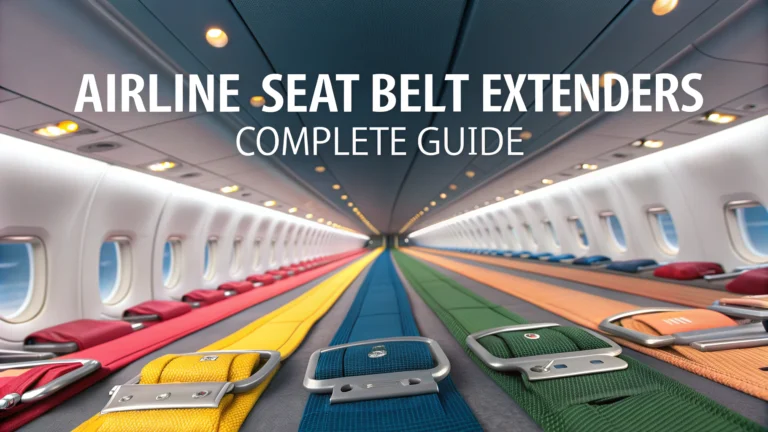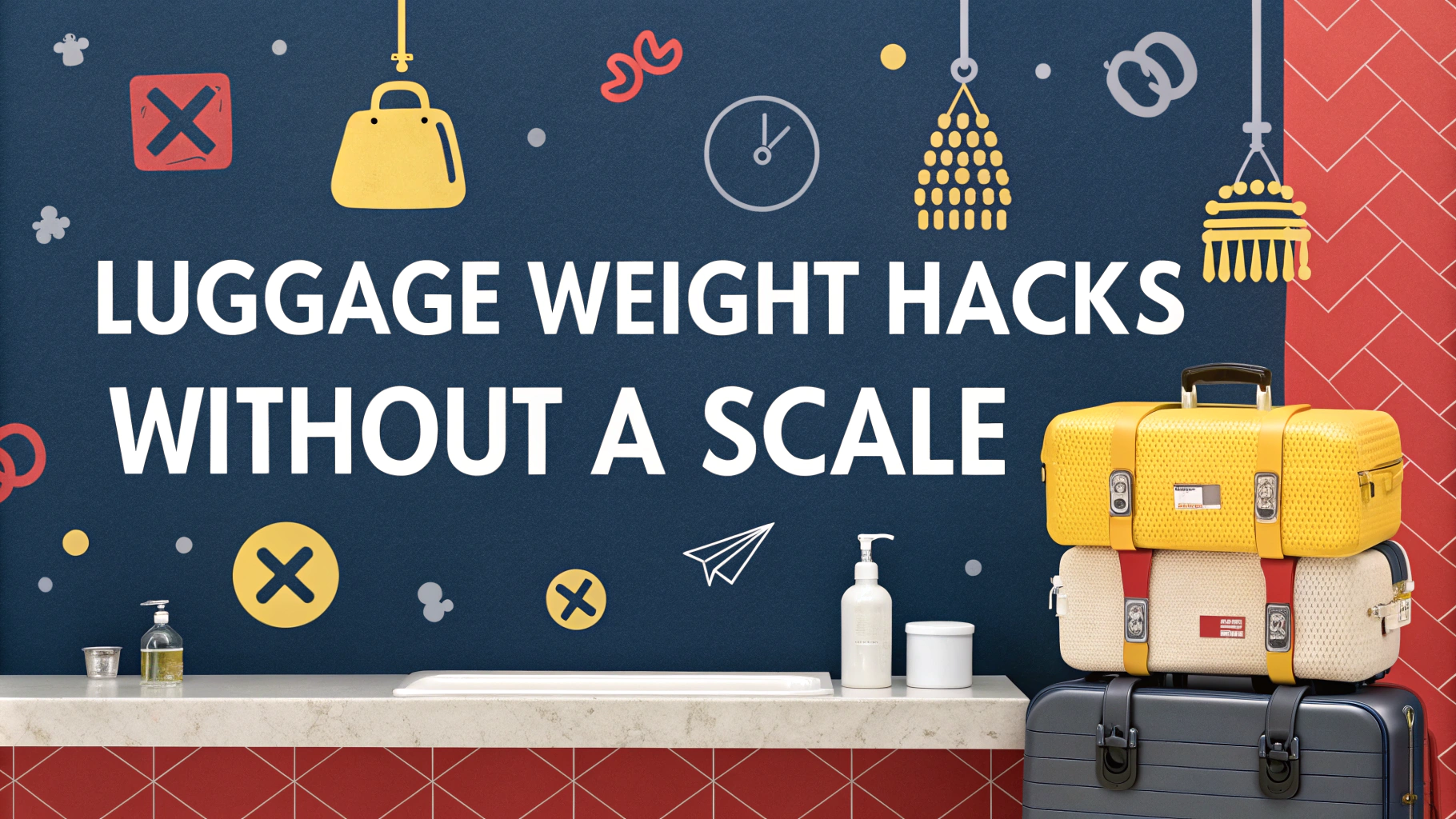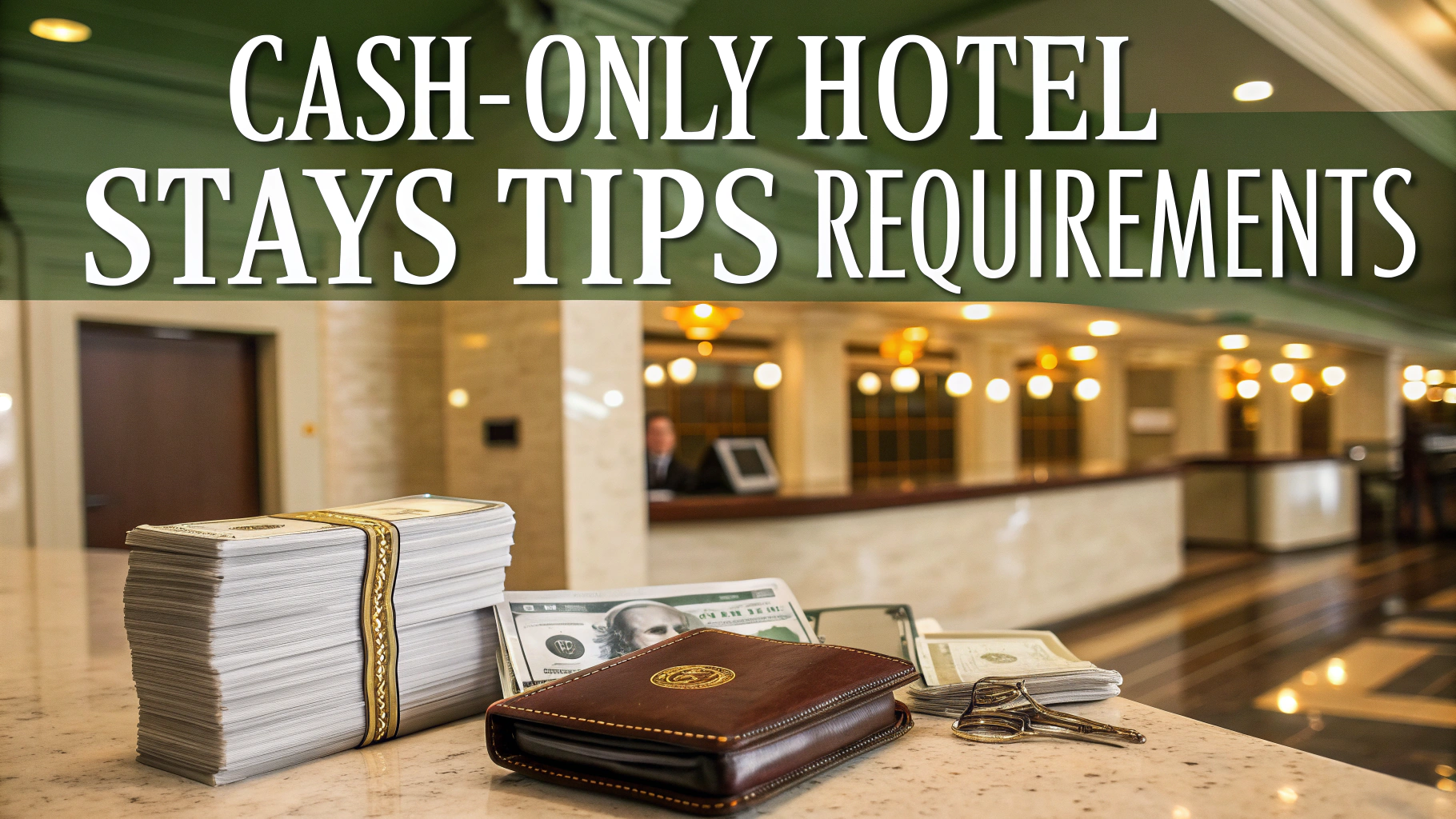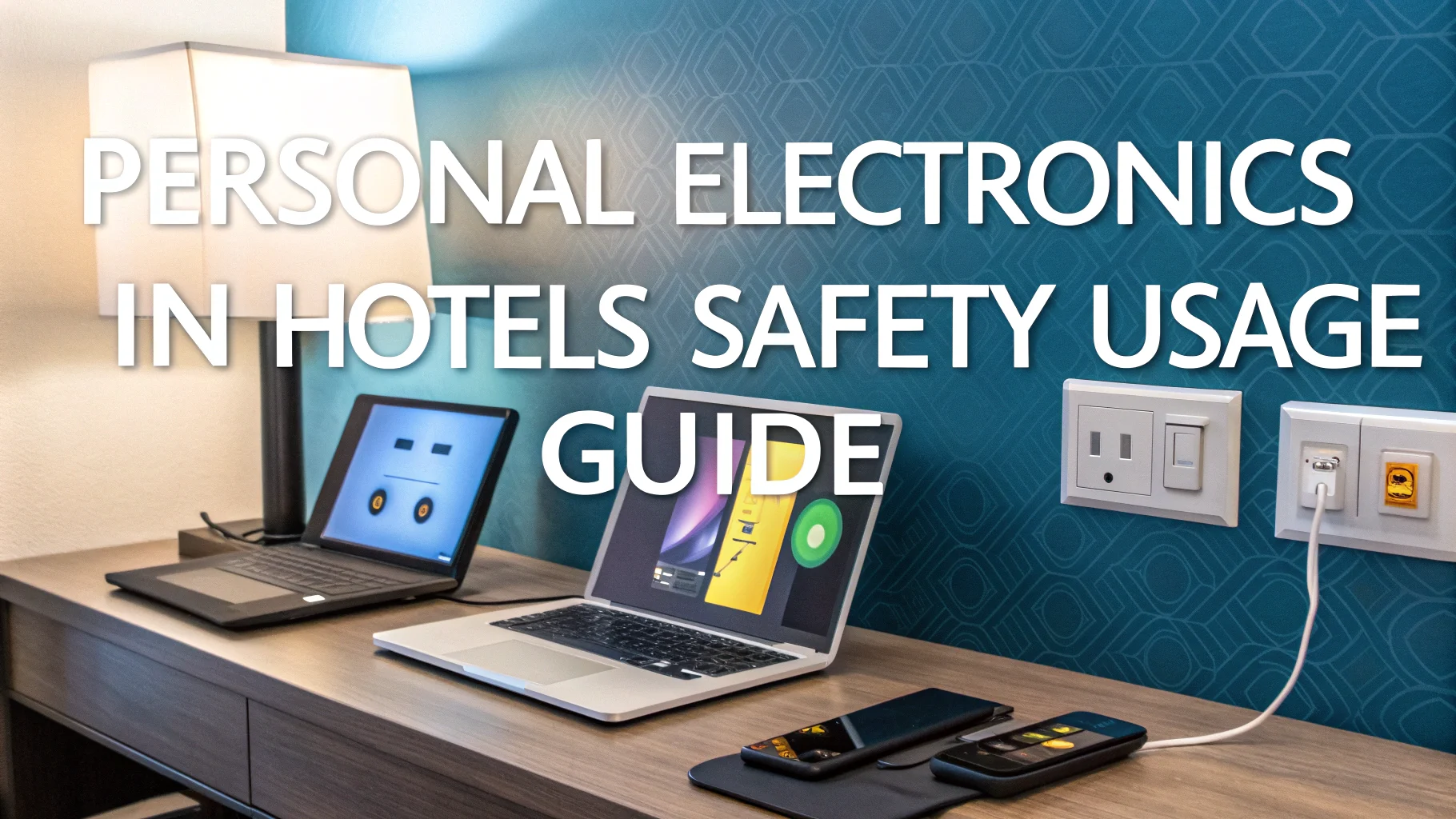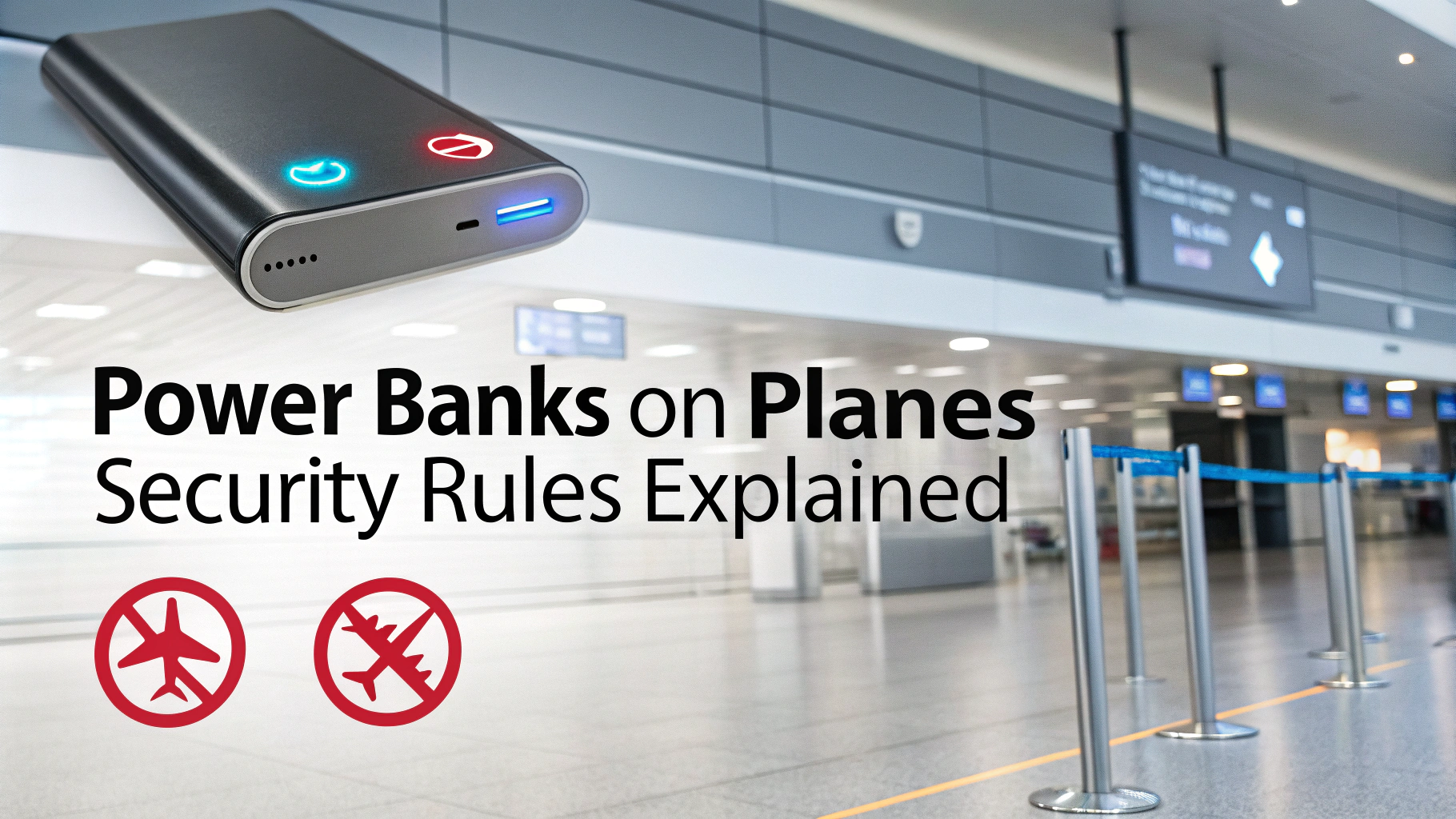Getting the right airline seat belt extender can make air travel more comfortable and stress-free for passengers needing extra length.
Types of Airline Seat Belt Extenders
Airlines use three main types of seat belt extenders: Type A (most common), Type B (Southwest Airlines), and Type C (less common).
- Type A: Standard 7-inch extension with flat metal end
- Type B: Southwest-specific with round metal end
- Type C: Longer extension (up to 24 inches) with unique connectors
How to Request a Seat Belt Extender
Request an extender from flight attendants during boarding or when seated.
- Ask discreetly during boarding
- Signal a flight attendant once seated
- Request when making reservation (some airlines)
Major US Airlines’ Seat Belt Extender Policies
| Airline | Policy | Contact |
|---|---|---|
| American Airlines | Free upon request | 800-433-7300 |
| Delta | Available on all flights | 800-221-1212 |
| United | Free, request during boarding | 800-864-8331 |
| Southwest | Type B extenders only | 800-435-9792 |
Important Safety Information
Personal seat belt extenders are not permitted on most commercial flights for safety reasons.
- Only use airline-provided extenders
- Check extender connection before takeoff
- Alert crew if extender feels loose
Tips for Comfortable Travel
- Board early to request extender without rushing
- Choose aisle seats for easier access
- Check airline websites for seat dimensions
- Consider bulkhead or exit row seats
Alternative Solutions
Some passengers might prefer these options instead of using extenders:
- Book adjacent seats
- Reserve seats with moveable armrests
- Choose airlines with larger seat dimensions
FAQs
Q: How much extra length does an extender provide?
A: Standard extenders add 7-24 inches depending on type and airline.
Q: Are seat belt extenders available on international flights?
A: Yes, most international carriers provide extenders upon request.
Q: Can I reserve an extender in advance?
A: Some airlines allow advance requests through customer service.
Booking Considerations
When planning air travel with seat belt extender needs, consider these factors:
- Aircraft type and seat configurations
- Length of flight and comfort requirements
- Airline-specific policies and restrictions
- Connection times between flights
International Travel Guidelines
European Airlines
- Different extender types than US carriers
- Advance notification recommended
- May require medical clearance forms
Asian Carriers
- Varying seat belt lengths by airline
- Multiple extender options available
- Cultural sensitivity in service delivery
Common Challenges and Solutions
- Delayed boarding procedures – arrive early
- Limited extender availability – reserve in advance
- Communication barriers – use airline apps
- Privacy concerns – request pre-boarding
Conclusion
Understanding seat belt extender options and airline policies helps ensure comfortable and safe air travel. Always communicate needs clearly with airline staff and follow safety guidelines. Planning ahead and knowing your rights as a passenger can significantly improve the travel experience.
- Research airline policies before booking
- Make requests early and clearly
- Prioritize safety over convenience
- Keep informed about regulation changes
FAQs
- What is an airline seat belt extender and who needs one?
An airline seat belt extender is an additional piece of belt that attaches to the regular aircraft seat belt to provide extra length. It’s needed by passengers who find standard airline seat belts too short for comfortable and secure fastening. - Can I bring my own seat belt extender on a flight?
Most airlines prohibit passengers from using personal seat belt extenders due to safety regulations and FAA requirements. Airlines provide their own safety-tested and approved extenders upon request. - How do I request a seat belt extender on my flight?
You can request a seat belt extender from any flight attendant during boarding or any time during the flight. You can also make a note during booking or contact the airline ahead of time. - Are airline seat belt extenders free?
Yes, airline seat belt extenders are provided free of charge by all major airlines as a courtesy service to passengers who need them. - What is the standard length added by an airline seat belt extender?
Airline seat belt extenders typically add 21 to 25 inches of additional length to the standard seat belt, though exact measurements can vary by airline and aircraft type. - Do different airlines use different types of seat belt extenders?
Yes, seat belt extender designs and attachment mechanisms can vary between airlines and aircraft types. This is one reason why airlines don’t allow passengers to bring their own extenders. - Is there a weight limit for using seat belt extenders?
There is no specific weight limit for using seat belt extenders. However, they must be properly secured and able to perform their safety function effectively. - Can I use a seat belt extender in an exit row?
No, passengers requiring seat belt extenders are typically not permitted to sit in exit rows due to FAA safety regulations regarding emergency evacuation capabilities. - Do I need to return the seat belt extender after the flight?
Yes, seat belt extenders are airline property and must be returned to the flight attendants at the end of the flight. They are safety equipment that gets inspected between flights. - Are seat belt extenders available on all aircraft types?
Yes, all commercial passenger aircraft are required to have seat belt extenders available. However, the number of extenders carried on each flight may be limited.
